
The lessons I learned reporting these stories seem so basic to the work of journalism, and yet I realized I had either forgotten these fundamentals or I had compromised them too many times in the course of my career.

The lessons I learned reporting these stories seem so basic to the work of journalism, and yet I realized I had either forgotten these fundamentals or I had compromised them too many times in the course of my career.
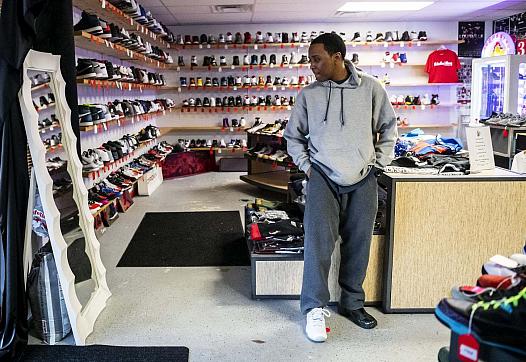
In the “Compassionate City,” governmental unity has helped to reduce child poverty rates.
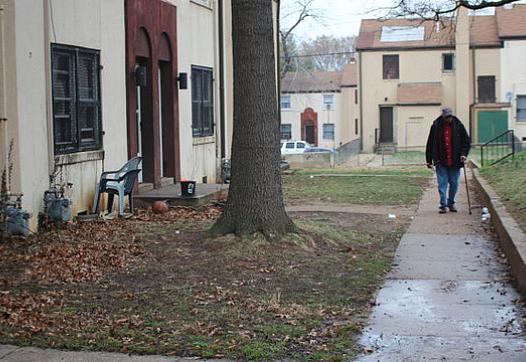
My original premise was to look to see what if any negative effects gentrification had or has had on the lives, health, well-being and prospects of displaced residents in Washington, D.C.

Why are teachers going to the mat to get more nurses in schools? And what do nurses have to do with education?

The Courier Journal's continued coverage of food insecurity in Louisville is supported by the University of Southern California Center for Health Journalism's 2018 National Fellowship....
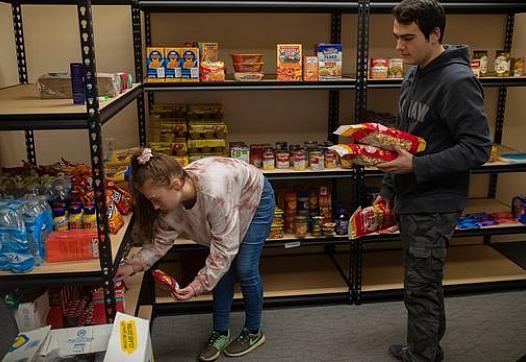
Since 2016, more than a dozen grocery stores have closed citywide, often abandoning neighborhoods that already had some of the worst options for fresh food.
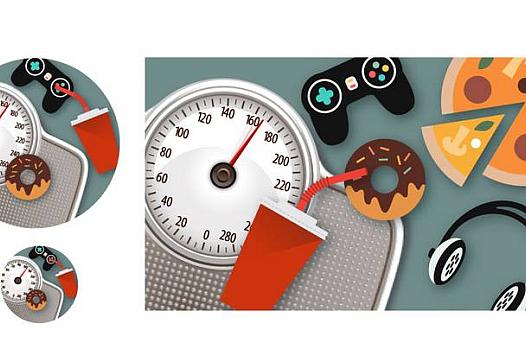
Data shows children in Merced County are three times more likely to be obese than the average California kid.
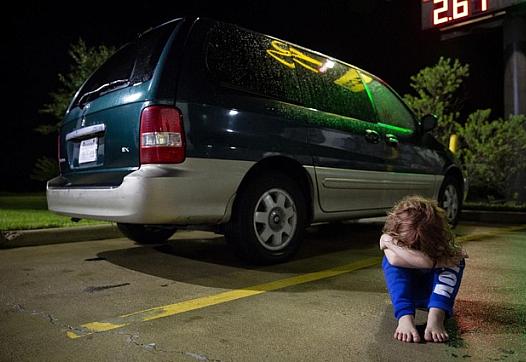
In the months after Hurricane Harvey slammed the Texas Gulf Coast, residents of small towns and rural communities felt ignored and forgotten. Here's what I learned telling their stories.

Across the country, students from low-income households are enrolling in college at increasing rates — with 39 percent of undergraduates falling at or below 130 percent of the federal poverty line in 2016, according to data from the National Postsecondary Student Aid Study.
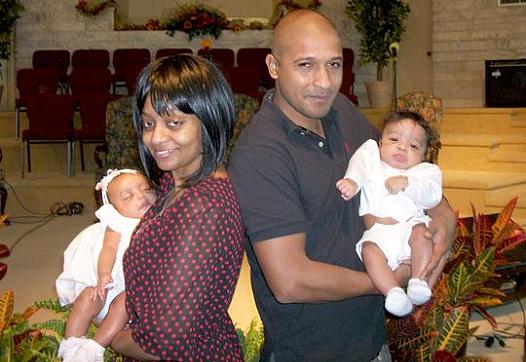
Witnessing abuse carries the same risk of harm to children's mental health and learning as if the children had been abused directly, new research shows.